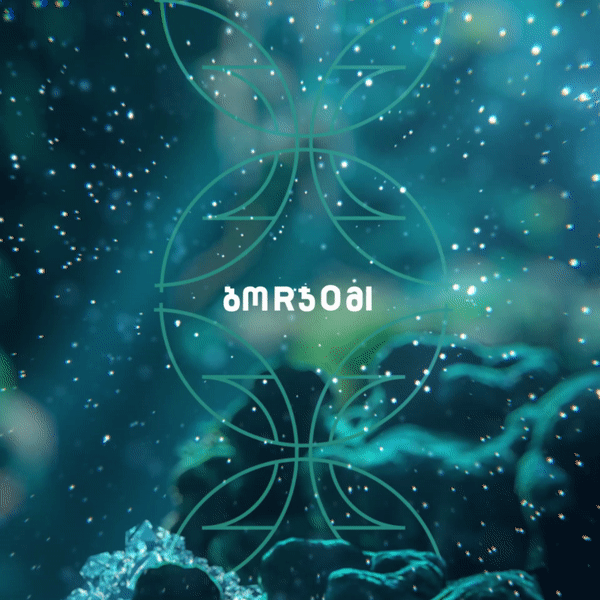
Georgian genius spread in water
Although the birth of Borjomi may have been accompanied by sparkles, it flowed quietly in the forest for a long time. Only a few people knew its legend and savored the juvenile energy it offered.
Archaeological excavations have unearthed stone baths, bearing witness to the use of this juvenile water thousands of years ago, not just for drinking but also for other purposes.
It's often said that in life, one is born twice.
In the case of Borjomi, the bouquet of life whispered quietly, drawing the attention of an entire empire over the course of a century.
In the nineteenth century, it gained such renown that even the ruler of the time, Yevgeny Golovin, sent his own daughter for treatment. The nature of Ekaterina's ailment remains unknown, but it's a fact that Borjomi healed her like a wounded deer.
The first spring emerged, known as Ekaterina's Spring, marking the beginning of Borjomi's second birth. As time passed, the water continued to flow.
Rulers changed, but Borjomi remained constant. Consequently, their interest never waned. Golovin was succeeded by Vorontsov, Vorontsov by Romanov.
Both rulers liked Borjomi's water and the natural surroundings so much that they chose it as their summer residence. They constructed houses, baths, and hotels. The hotel names of that era reflected Borjomi's European-style resort status, including places like Marseille and Berlin.
Borjomi became a gathering place for salon conversations, poets, artists, lovers, and aristocrats. Soon, they began bottling the water. Initially, this was done by hand, and glass bottles were crafted manually. However, over time, mechanization took over, and by 1900, Borjomi was even being exported. By 1913, production had exceeded 9 million bottles.
Everyone unanimously agreed that water with such exceptional characteristics could not be found anywhere else in the world.
Then came the era of the Soviet Union, and Borjomi effortlessly made its mark on the USSR. It was omnipresent—at banquets, weddings, birthdays, in theaters, opera houses, cinemas, and even during historical moments where the fate of the planet was decided. Borjomi bore witness to it all and was an observer of everything.
It was even sold in the United States during the Cold War era, breaking through the iron curtain.
Mother nature doesn't discriminate among her children; she nurtures everyone equally, infusing them with life in the same way. Borjomi embodies this unconditional love of mother nature, like a genie trapped in a bottle.
Despite numerous attempts, Borjomi has never lost its Georgian identity. It has remained a symbol of Georgian culture, encompassing dance, song, nature, unique cuisine, and hospitality. It represents the tangible side of Georgia's intangible wealth. Its connection to the Georgian land, both figuratively and literally, is so profound that breaking this bond is nearly impossible.
One could say that Borjomi has traversed this lengthy journey of self-discovery alongside Georgia. Discovering oneself isn't a complicated process; it entails shedding what doesn't belong to you, what has been imposed from the outside. What remains is your true essence. And when you stand on that foundation, you become strong because it's the eternal part of you, something that no one and nothing can ever take away.
The incorporation of Georgian ornaments into Borjomi's visual identity further intertwines this juvenile water with its homeland.
In general, assigning geometric figures to any specific ethnic culture can be challenging.

Carl Gustav Jung made an interesting observation when he realized that the sketches he made in his youth resembled the drawings of Australian aborigines. This led to his discovery of what he called the collective unconscious.
Indeed, geometry is a universal language, and these forms lie deep within the collective unconscious. However, when they surface, they pass through the prism of individual consciousness and take on local nuances.
Georgian ornaments are no exception. They originate from the collective unconscious but are transformed by the Georgian spirit, much like Borjomi itself. Born from the depths of the earth, they are molded within the Georgian soul.